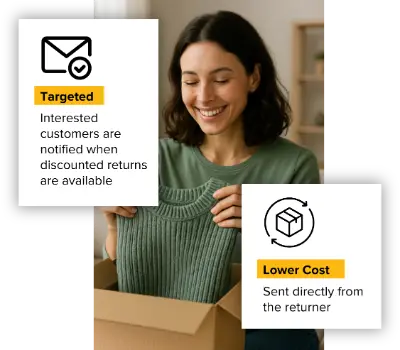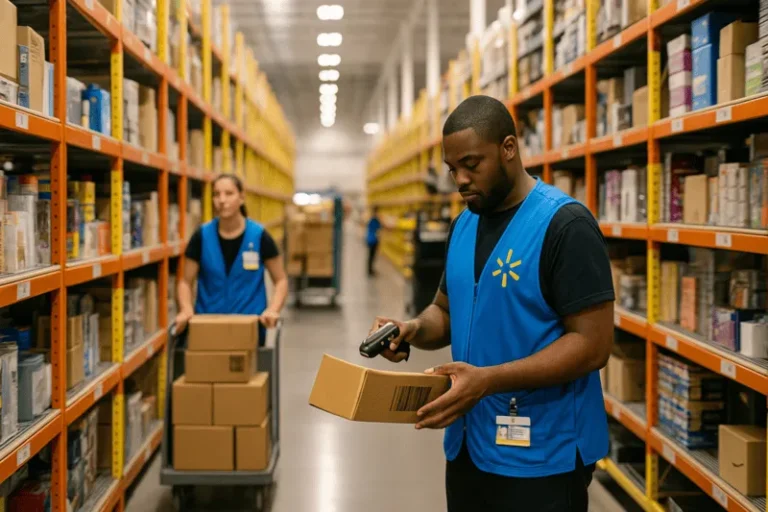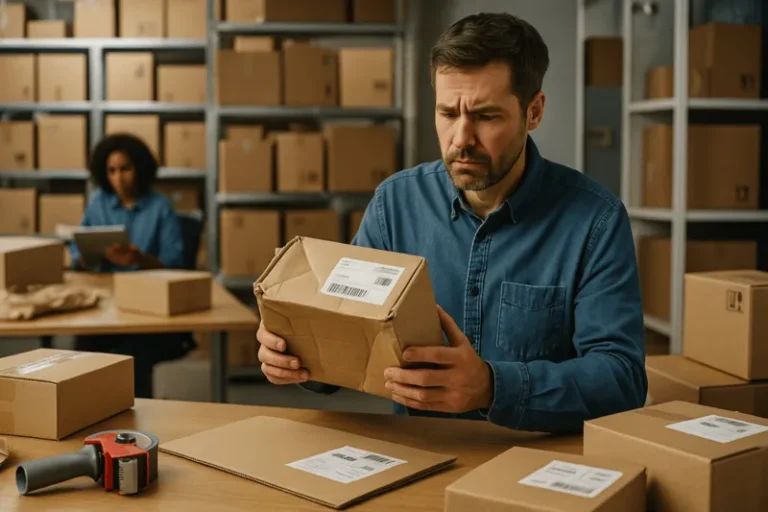Everyone’s Building Ecommerce Fulfillment Networks, But They’re Not So Fulfilling for Sellers

Last updated on January 16, 2025
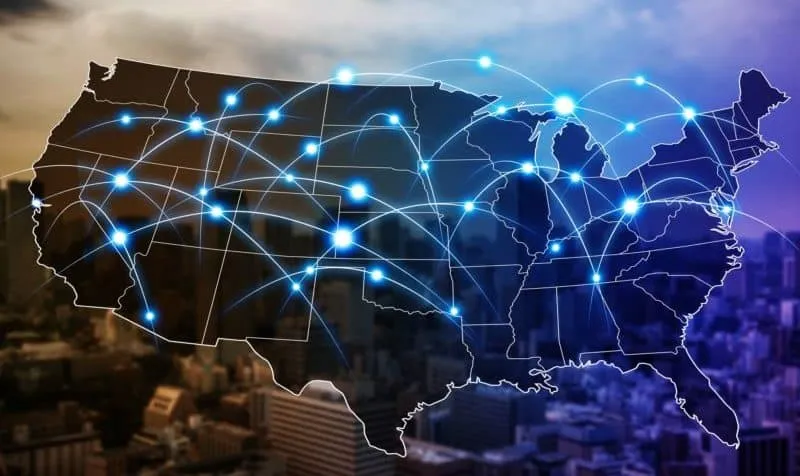
In this article
 11 minutes
11 minutes
- Multi-Channel Selling is More Profitable
- Amazon FBA: Penalizing Multi-Channel Order Fulfillment
- Shopify Order Fulfillment Network (Flexport)
- Walmart Fulfillment Services (WFS)
- Fulfilled by TikTok (FBT): The New Kid On the Block
- Be Careful Jumping Onto the Bandwagon
- The Future of Order Fulfillment is Wide Open
- Offer 1-day and 2-day shipping at ground rates or less.
Seeing the success of Amazon’s outsourced fulfillment service Fulfilled By Amazon (FBA), marketplaces and e-commerce platforms are racing to build their own e-commerce order fulfillment networks. Undoubtedly, it is beneficial for sellers to have access to third-party fulfillment services wherever they choose to sell, but at what cost? Do these marketplaces have the sellers’ best interests at heart?
Multi-Channel Selling is More Profitable
When Third-party Sellers first started selling online, the first questions were, “Should I sell on Amazon or eBay besides my e-commerce website?” However, over time, that question has changed into, “How do I sell on both, as well as Walmart and other marketplaces when they make sense for my business?”. In fact, with the current e-commerce trend, it is almost imperative for online sellers to sell on multiple channels to survive, let alone grow. Numerous studies show that retailers selling on two or more sales channels have a healthier bottom line, on average, than those that don’t. But it gets complicated. Now, each platform has its e-commerce order fulfillment service and prioritizes the display and, thus, the sale of items fulfilled through them.
Let’s take a closer look at each.
Amazon FBA: Penalizing Multi-Channel Order Fulfillment
Amazon launched its third-party marketplace to satisfy customer demand for a broader assortment of products. Third-party (3P) Sellers add products much faster than Amazon, sourcing all the items themselves and helping build the “everything store” behemoth. According to recent data, over 60% of all physical goods sold on Amazon are from Third-party Sellers, meaning most products sold on the platform come from independent sellers rather than Amazon itself.
Then came Fulfillment by Amazon (FBA), a large-scale distributed warehousing and order fulfillment network for its Third-party Sellers. FBA helps Amazon offer nationwide 1- and 2-day delivery to customers (and regional same-day delivery) even if a 3P Seller sold the item. Commanding approximately 37.6% of all U.S. e-commerce spending in 2023, Amazon negotiated unbeatable shipping rates from all major carriers and offered incredibly low fulfillment fees to sellers. Opting for FBA gives Sellers a distinct advantage within the Amazon ecosystem. FBA sellers are more likely to win the “buy box” and are outright forgiven for any shipping-related customer complaints.
However, using FBA to fulfill non-Amazon orders is not as rewarding financially. Amazon uses FBA to deliver an excellent shopping experience for Amazon customers and power its famous growth flywheel by prioritizing its FBA services for its marketplace customers. The fees for non-Amazon orders are much higher, sometimes by as much as 30–50%. Moreover, Walmart outright banned FBA from its platform due to Amazon’s aggressive branding on boxes. In recent years, Walmart has approved using either Flexport or ShipBob fulfillment services to fulfill Walmart orders, but not both.
Slash Your Fulfillment Costs by Up to 30%
Cut shipping expenses by 30% and boost profit with Cahoot's AI-optimized fulfillment services and modern tech —no overheads and no humans required!
I'm Interested in Saving Time and MoneyShopify Order Fulfillment Network (Flexport)
Shopify started as an e-commerce platform that enabled sellers to quickly create their own professional online store independent of marketplaces. With its vibrant app ecosystem, Shopify aims to be a one-stop shop for small and midsize online sellers.
One of its growth strategies has been the app marketplace. Shopify’s incredible store diversity also means a high demand for specialized features. Keeping up with this expectation through Shopify’s development team is very challenging. Therefore, they’ve created an app marketplace to serve their sellers’ growing needs quickly. Through the marketplace, third-party companies can build and monetize specialty apps that augment and extend Shopify’s native functionality.
To continue fueling its growth, Shopify launched additional services to power more parts of the seller’s business and capture a larger share of the wallet. These services include Shopify Payments, Point-of-Sale, Shopify Capital, and Shipping Label printing. Small and midsize (SMB) sellers need these services, and they like the simplicity of a one-stop shop. These value-added services have increased Shopify’s revenue per seller over time.
Shopify also tossed its hat into the e-commerce order fulfillment ring as an extension of the same strategy. ‘Shopify Fulfillment Network’ (sold to and rebranded as Flexport in mid-2023 but still operating the Shopify Fulfillment Network app) is geared towards Shopify sellers with options such as custom packaging. The pricing and shipping speed aren’t expected to be near FBA (at least not in the near term), as Shopify does not own any logistics infrastructure. However, there are plans to partner with other warehouses and Third-party Logistics (3PL) providers. Smaller Shopify sellers who fulfill orders by themselves may find it a step up, but it’s too early to say. One thing we know for sure is that fulfilling orders through Shopify will not boost their “buy box” chances on Amazon. Shopify is serious about this move, as demonstrated by their acquisition of 6 River Systems for $450 M in September 2019.
Walmart Fulfillment Services (WFS)
Walmart introduced a fulfillment network similar to FBA in 2020 called Walmart Fulfillment Services (WFS). Third-party Sellers ship their inventory to Walmart’s network of over 40 domestic fulfillment centers for storage and then e-commerce orders are picked, packed, and shipped to customers. Walmart reported recently that 66% of its third-party Sellers use the service to ship more than half of Walmart Marketplace orders (up from fulfilling only ~25% of e-commerce orders just three years ago). The program aims to take the fulfillment burden off its Seller partners and increase delivery speeds for the end customers (often within 2 days). It also supports customer service for WFS‑fulfilled orders and handles returns, which frees up Sellers to focus on growing their business.
Unlike Amazon, Walmart ships approximately half of its e-commerce orders from its 4,600+ physical stores. This is possible because a store is within 10 miles of ~90% of the US population. While WFS rates are reported to be about 15% lower than competitors’, the captive order fulfillment services are tied to product discoverability on the marketplace, making participation more or less mandatory for merchants that choose to partner with Walmart.
The strategic bet paid off big time, as Walmart’s marketplace grew to become the second-largest in the US, edging out eBay.
Looking for a New 3PL? Start with this Free RFP Template
Cut weeks off your selection process. Avoid pitfalls. Get the only 3PL RFP checklist built for ecommerce brands, absolutely free.
Get My Free 3PL RFPFulfilled by TikTok (FBT): The New Kid On the Block
Despite being the newest social commerce platform in the US, TikTok Shop is already estimated to be the third largest, trailing only Facebook and Instagram. In a strategic move that mimics the fulfillment services competitors that came before it, TikTok Shop launched Fulfilled by TikTok (FBT) in late 2024 to manage the storage, picking, packing, and shipping of orders placed on TikTok for its creators and brands. Sellers will like that inventory can also be intelligently distributed to support the same nationwide fast delivery at ground shipping rates that other fulfillment networks offer.
It remains to be seen if there will be a captive component to FBT such that product discovery and sales are undeniably linked to using the new service. Still, since the native influencer- and creator-first nature of TikTok and TikTok Live drive much of TikTok Shop’s traffic, it may be some time before a long-term stickiness strategy is developed. We know now that early users will benefit from subsidized storage and shipping costs, as well as ‘free’ customer service for order and shipping support. Customizable ‘badges’ help early users stand out from the competition.
Be Careful Jumping Onto the Bandwagon
So, nearly every major marketplace in the U.S. now has a preferred e-commerce order fulfillment network. Using a non-preferred fulfillment network has definite downsides, some outright punitive. These moves contradict the trend of multichannel selling and come at the sole expense of Sellers.
So why not sign up for all the order fulfillment networks?
It’s not even about the fees these networks charge, which can be significant for any business. The large hidden costs come from maintaining inventory at multiple locations. Let’s break it down:
- Redundant inventory in key markets: Imagine a merchant who wants to offer fast shipping to customers in California and operates on three different marketplaces. The merchant would then need to store its inventory in California at three separate warehouses for each marketplace. After accounting for safety stock, that’s a lot of excess capital tied up unnecessarily.
- Multiple inbound shipments: If a merchant signs up with three fulfillment networks, they must ship their inventory to three warehouses in every major region. This will be more expensive because they’ll be splitting their one big inbound shipment into multiple smaller inbounds.
- Safety stock: Splitting the same amount of inventory between multiple warehouses instead of one or two increases the amount of safety stock merchants must maintain. The square root law of inventory calculates the additional safety stock that needs to be kept on hand as the number of fulfillment centers increases.
- Clearance through multiple channels: If a product doesn’t sell well, merchants will incur the cost of clearing the dead stock through each of these redundant fulfillment centers.
- Returns through multiple channels: Sellers must also compensate or pay for restocking returns on every platform, which can be as high as 20% in some product categories.
Apart from the tangible costs, managing multiple fulfillment programs can cause headaches—for example, the added complexity of juggling multiple contracts, billing audits, and keeping track of ever-changing rates and terms. Furthermore, holding more inventory exposes sellers to a higher risk of losses from shifts in customer demand or during a recession. If a Seller opts to go with an unaffiliated third-party logistics provider, they become a buy box pariah on every platform.
It is hard to ignore the environmental costs, too. The inefficiencies of excess inventory at its core result in a larger carbon footprint through excess transportation and warehousing operations. The repercussions are brutal to ignore when humanity is inching towards irreversible damage to the climate every day. Sellers are losing, and so is our planet!
Scaling Made Easy: Calis Books’ Fulfillment Journey
Learn how Calis Books expanded nationwide, reduced errors, grew sales while cutting headcount, and saved BIG with Cahoot
See Scale JourneyThe Future of Order Fulfillment is Wide Open
The platforms and marketplaces are doing what’s best for them. They are building their e-commerce order fulfillment networks to drive revenue and lock Sellers into their platforms. However, what’s best for marketplaces may not be best for Sellers. Captive order fulfillment services add unnecessary costs and do not scale to a seamless customer experience across channels.
The optimal future of order fulfillment is customer-centric. It means delivering goods to customers how they prefer, not limited to the options the seller or the fulfillment partner thrust upon them. The options should not be limited to lightning-fast delivery or Buy Online Pickup in Store (BOPIS). They should also allow the customer to choose greener delivery options for the Earth or the ability to have the order delivered the same day from a local store without costing an arm and a leg. When order fulfillment networks operate under this new paradigm, they’d be able to offer these options (and more) to merchants of all sizes, and such services will not be a luxury limited to large multi-billion dollar retailers (think Amazon-Kohls or Amazon-Staples) as an example.
The future of e-commerce order fulfillment must also be efficient, where all supply chain constituents work together to serve the customer profitably and responsibly. Instead of walls and hurdles preventing growth and advancement, true next-generation fulfillment solutions will facilitate collaboration between all value chain members. It will unite the manufacturers, the retailers, and everyone in between, including the competitors. At Cahoot, we firmly believe that customer centricity and merchant profitability will continue to suffer unless we re-imagine and re-design our captive order fulfillment models. You can read more about the future of order fulfillment and how our solution can help you get there today.
Turn Returns Into New Revenue
